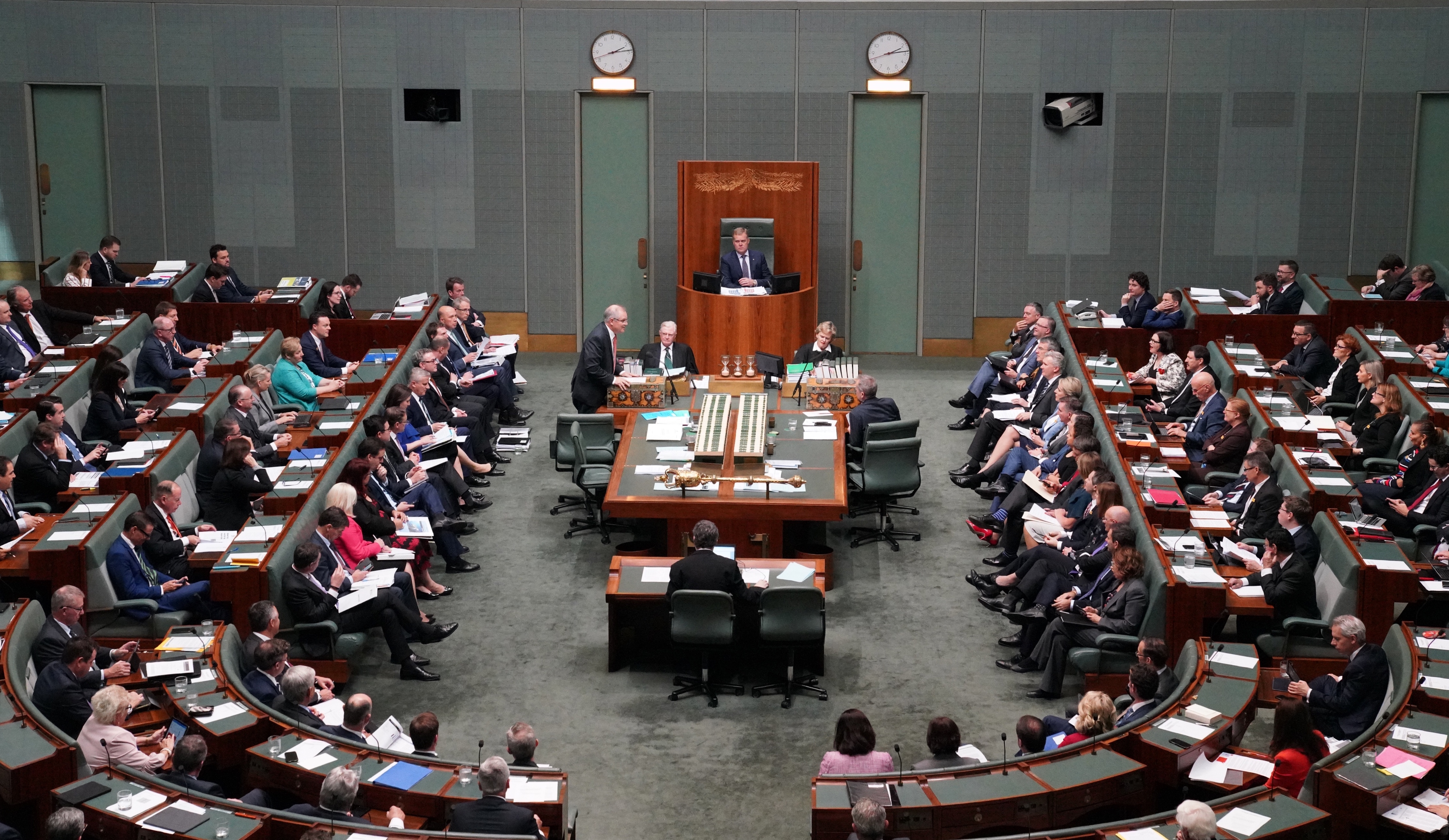
Business & Economics
How Australians are faring

Income inequality in Australia is relatively stable but there are pockets of disadvantage that need serious attention
Published 21 September 2018
The Productivity Commission last month released its major report on economic inequality in Australia. It is well-balanced and identifies the multiple dimensions and measures of inequality while accurately portraying the nuanced story of inequality in this country over the last three decades.
Key among the findings was that income inequality has changed relatively little and indeed that, since the global financial crisis, those with the lowest incomes have fared slightly better than those with higher incomes.

However, the Commission made it clear we have by no means solved the problems of poverty and socio-economic disadvantage. Substantial pockets of disadvantage persist and should be considered a priority for government policy.
But how many people are we talking about, and who are they?
The answers depend a bit on how you define (and measure) socio-economic disadvantage. The most common practice internationally is to focus on the cash incomes of households and define people as poor if their income (after receipt of government benefits and payment of income taxes) is below some level. The OECD has traditionally set this level at half the median income, giving a “poverty line” for Australia of about $50,000 for a family of four and $24,000 for a single-person household.

Business & Economics
How Australians are faring
But such an approach ignores other economic resources available to people, most notably in-kind income, such as publicly-provided health care and housing, and wealth. It also ignores differences across people in need. For example, people in poor health may incur medical expenses that mean they need more income to achieve a decent material living standard.
There is also a time dimension to consider. Persistent disadvantage is of considerably more concern than temporarily experienced poverty.
More refined identification of persistent disadvantage requires more and better data. In this regard, the Household, Income and Labour Dynamics in Australia (HILDA) survey presents perhaps the best resource. It is a rich data set with information on households’ income, wealth, expenditure and many other aspects relevant to assessing material living standards. And it is longitudinal, following the same people year after year and therefore allowing identification of persistent or long-term disadvantage.

HILDA shows that, while about 10 per cent of the Australian population is poor using the standard OECD measure, this falls to about 5 per cent if “being poor” also requires that a person has low wealth (less than half the median). Moreover, only about half of these people have low incomes for at least two consecutive years.
That is, only about 2.5 per cent of the population can be regarded as persistently disadvantaged –although this still translates to more than 500,000 Australians.
How you define socio-economic disadvantage also affects the demographic groups in the community identified as disadvantaged. The elderly have high rates of poverty as measured by income below half the median income. But, because of their high rate of outright home-ownership, they have much lower rates of poverty when wealth is taken into account. Experience of financial stress is also much rarer among the elderly than among younger age groups.

Business & Economics
Henderson’s legacy: Revisiting universal basic income
There are, however, demographic groups that show up with higher rates of disadvantage regardless of the particular measure. Disability, poor health, low educational attainment, living outside major urban areas, living alone or in a single-parent family and Indigeneity are all consistently associated with persistent disadvantage.
Indeed, on most measures, many more than 90 per cent of people experiencing persistent socio-economic disadvantage have one or more of these characteristics.
A theme common to many people with these characteristics is barriers to employment, deriving from disability, poor health, child care requirements, lack of skills or a lack of jobs where they live. Joblessness, or jobs with few hours of work, is a feature of all poverty.

Politicians are therefore right when they say that the best anti-poverty measure is a job. Except they don’t always provide a policy environment to enable that to happen for everyone. The inflexibility and cost of the childcare system, for example, creates substantial barriers to employment of single parents.
More could also be done to improve the skills of those with low levels of education.
It is also not always clear how to achieve jobs for some people. For example, deficiencies in labour demand in certain regions are not easily fixed, and it is difficult to get people to relocate to where there are jobs.

Business & Economics
Who is left behind under the new child care subsidy?
We therefore cannot escape the reality that a significant proportion of the community will depend on government benefits for extended periods of time. Yet many benefits, such as the unemployment benefit, put recipients in situations of long-term poverty. For example, even with maximum rent assistance, single people receiving the Newstart Allowance receive less than A$18,000 a year, well below the A$24,000 poverty line.
It is consequently hard to escape the logic that at least some benefits, but particularly the unemployment benefit, need to rise to give recipients an acceptable standard of living.
Professor Wilkins will be speaking at the Economic and Social Outlook conference in Melbourne, October 11-12, 2018, hosted by the Melbourne Institute and The Australian.
Banner image: Getty Images